Getting Home
The trip home was uneventful, although mom did find the combination of Israeli and post-9-11 American security rather daunting - noting that, like Israel, in many ways we also live in a police state. Moshe (Moses), the driver that brought us from the airport returned to guide our exodus from the holy land.
The TLV-ATL flight was right on time, although the ATL-SHV flight got delayed around an hour and a half because they needed to call in a reserve pilot. To take advantage of winds, the TLV-ATL flight took a slightly more circuitous route than our flight over, flying over Iceland and Greenland, the latter of which appeared quite frosty and inaptly named. But the bluish midnight sun was a novel experience.
At the conclusion of our flights, I made a point of asking the pilots (greeting us at the door) how many pounds of jet fuel our flights used. The 600-mile SHV-ATL legs used around 3,500 lbs each. The 6,800-mile ATL-TLV and TLV-ATL legs used 240,000 and 225,000 lbs, respectively. Jet engines are actually quite efficient, and those figures represent the thermodynamic equivalent of 50-60 passenger-miles per gallon of gasoline. The issue is that the time-space compression resulting from the high speed of air travel makes it possible to use so much fuel in a comparatively short amount of time.
Using a carbon coefficient of 3.1 lbs C per lb of jet fuel (calculated from EIA 2001), for the two of us, our travel resulted in around 4.6 tons of CO2 emissions, not including emissions from around 350 miles of bus travel around Israel or secondary emissions resulting from demands like power needed to run airports and airline operations. As my mother only drives around 5,000 miles per year (in a 30 MPG 2004 Toyota RAV4) , the energy used for our one week in Israel was around the total amount of transportation energy she uses in a whole year.
But it was the experience of a lifetime, so I'd say it was worth it.
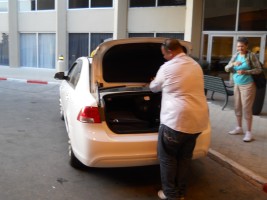
Transfer

Ben Gurion at his airport

Terminal

Waiting

Red eye
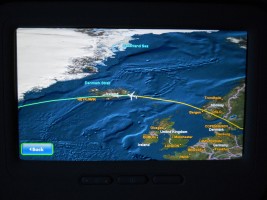
Over Iceland

Midnight sun over Iceland

Iceland

Iceland

Greenland

Greenland

Greenland

Greenland

Greenland

International travel

Breakfast
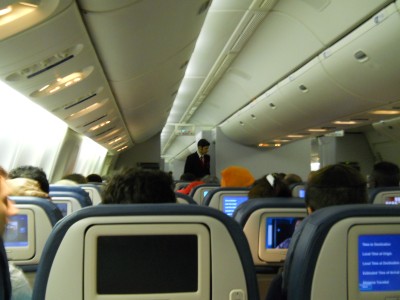
Flying

Atlanta

Atlanta

CRJ 200
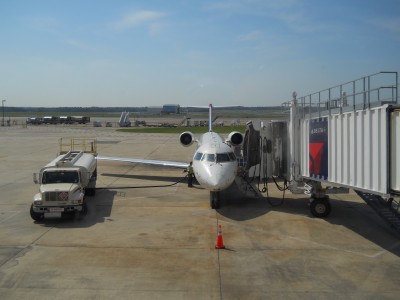
CRJ 200

Shreveport

Baggage claim

Reunion

The car is still there

American food

Thanking dad for paying for the trip

Back in Ruston

American cooking

Dawn

Breakfast

Mom and Me in Ruston

Waiting for the bus

The bus
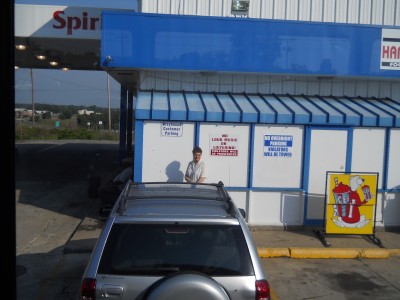
Goodbye
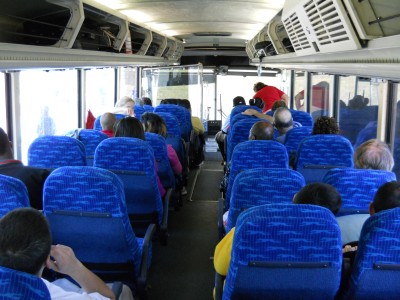
The big dog

Bumped for smoking on the bus

High Mississippi

Trestle at Vicksburg

Rail bridge at Vicksburg

High Mississippi

Jackson Union Station
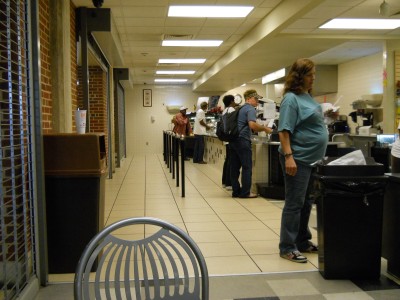
Jackson Union Station

Chicken fried steak
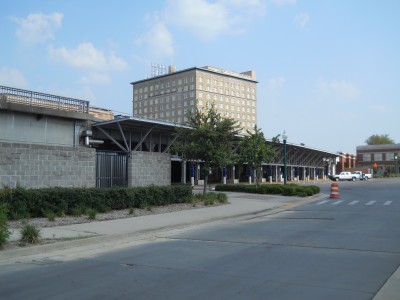
Jackson Union Station
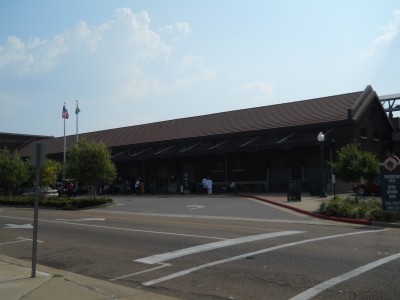
Jackson Union Station

Jackson Union Station

Jackson Union Station

Jackson Union Station

Jackson Union Station

Jackson Union Station

Waiting

Sunset

Ohio River

Champaign, IL

Waiting

Waiting

CUMTD Bus

CUMTD Bus
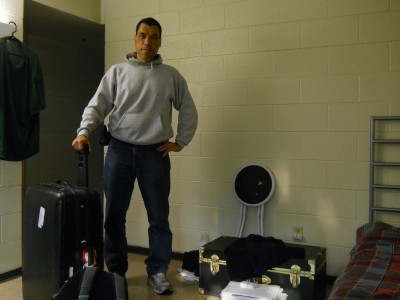
Home!!!